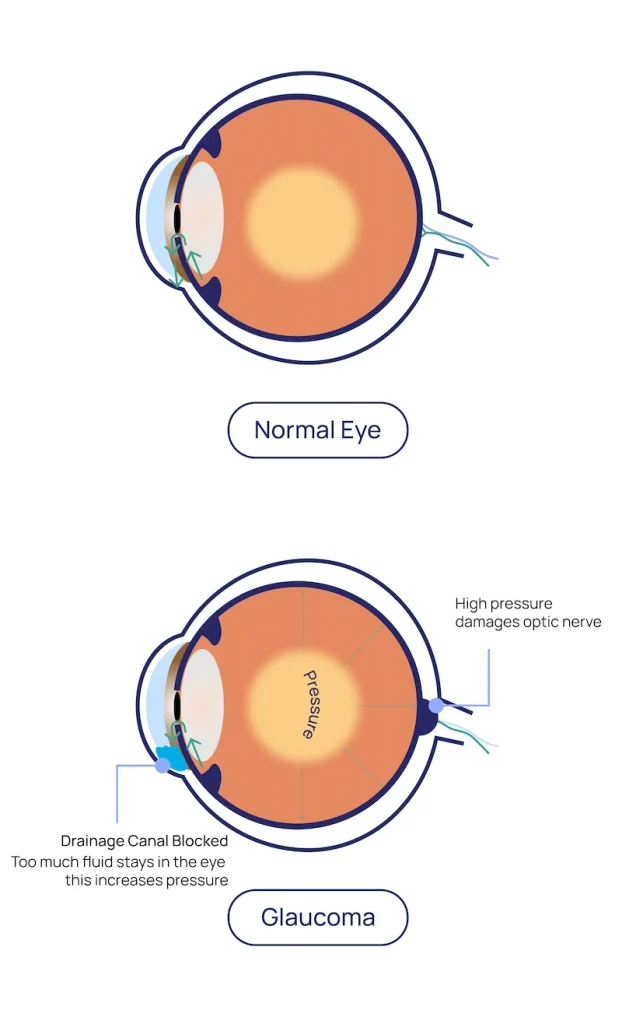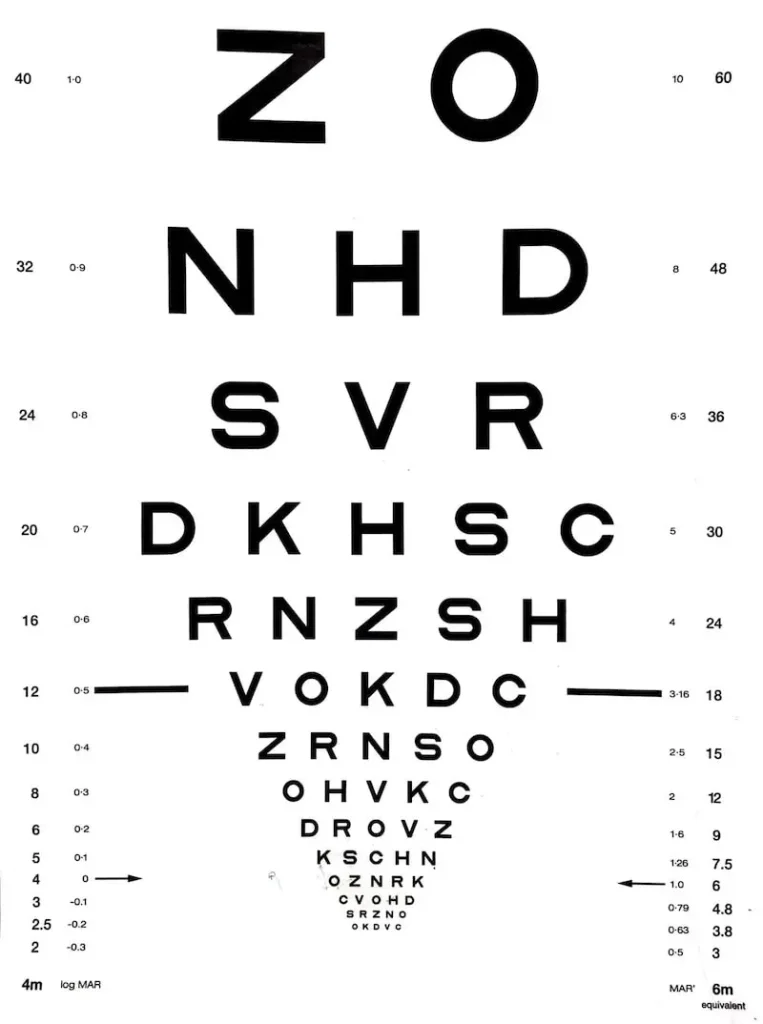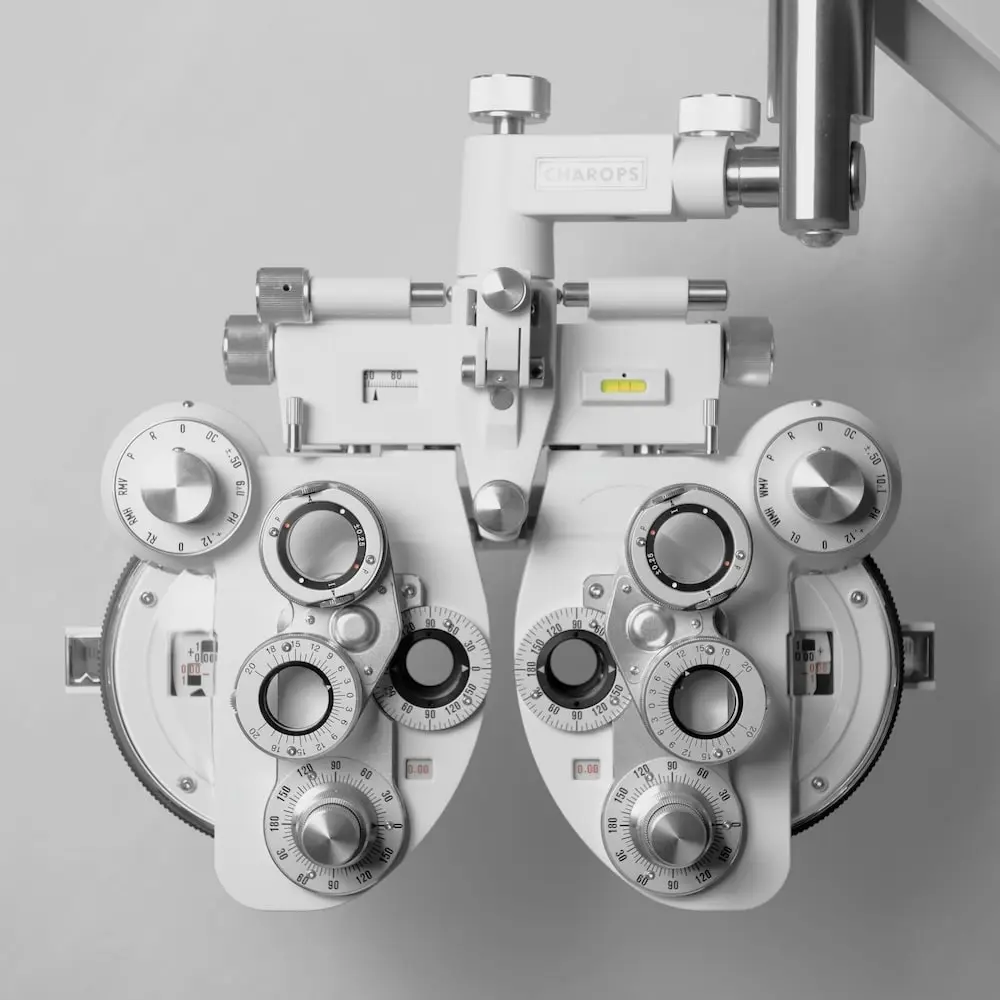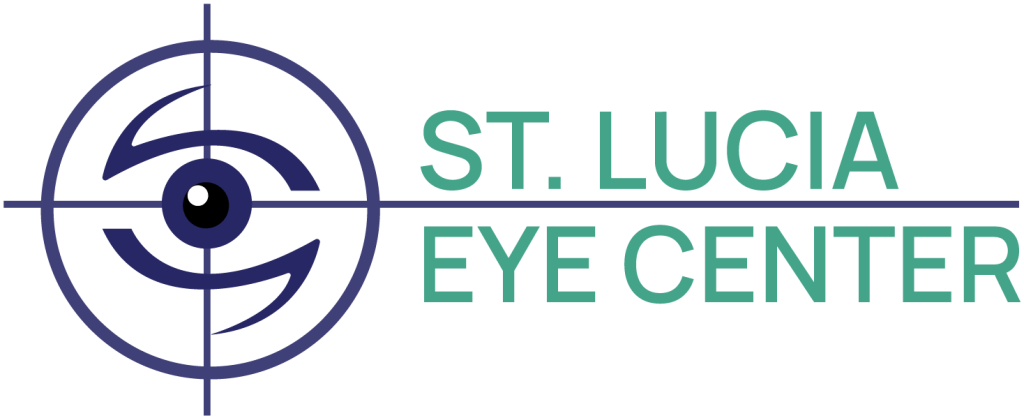Home
Why Choose Us
Meet Our Doctors
Procedures
Cataract Procedures
Refractive Procedures
Cosmetic Procedures
Diabetes Eye Management
Pterygium Procedure
Other Procedures
Testimonials
Media
Cataract Procedures
Cataract Surgery
Cataract surgery is a procedure that replaces a cloudy lens in the eye with a clear artificial lens. It's the most common surgical procedure in the world.
Advanced Cataract Surgery
Advanced cataract surgery is a modern procedure that replaces a clouded natural lens with an intraocular lens (IOL). Using laser-assisted techniques.

Refractive Procedures

Cosmetic Procedures

Diabetes Eye Management

Other Procedures


Learn more

Learn more

Learn more
Providing Exceptional
Eye Care in Los Angeles
When Your Eyesight is at its Best, Everything Becomes Clearer — Literally and Figuratively.

Glaucoma
Glaucoma refers to a group of conditions that damage the optic nerve, often caused by high intraocular pressure. If left untreated, it can lead to permanent vision loss.
There are several types, each with its own unique causes and risk factors. However, they all have one thing in common: the potential to damage the optic nerve. If left untreated, this damage can lead to irreversible vision loss.
What You Need to Know
Dr. Carlos Montoya MD and the team at St. Lucia Eye Center specialize in personalized glaucoma care, offering the latest procedures to help patients maintain healthy vision.
Dr. Montoya Offers Tailored Treatments Based on Each Patient’s Needs Using the Latest Technologies to Prevent Vision Loss Effectively
Benefits
- Early diagnosis helps prevent vision loss
- Advanced treatments to reduce intraocular pressure
- Laser procedures that are minimally invasive
- Personalized care plans to slow disease progression
- Ongoing monitoring to preserve sight

What is Glaucoma?
A group of conditions that compromise your optic nerve. Among the different types, the most common are open-angle and closed-angle glaucoma.
Symptoms
- Blurry or tunnel vision
- Loss of peripheral vision
- Severe eye pain
- Nausea and vomiting (in acute cases)
- Haloes around lights
In the early stages, this condition often shows no symptoms; therefore, regular eye exams are essential for early detection.
Symptoms
- Blurry or tunnel vision
- Loss of peripheral vision
- Severe eye pain
- Nausea and vomiting (in acute cases)
- Haloes around lights
In the early stages, this condition often shows no symptoms; therefore, regular eye exams are essential for early detection.
Types of Glaucoma
Open-Angle Glaucoma
The most common type is caused by a trabecular meshwork that prevents fluid from draining in your eye, which leads to increased intraocular pressure and damages the optic nerve.
Closed-Angle Glaucoma
This type is characterized by a blockage in the drainage angle formed by the iris and cornea, causing the iris to push forward and block fluid drainage. As a result, intraocular pressure rises suddenly.
Causes of Glaucoma
Elevated Intraocular Pressure
A buildup of fluid in the eye raises pressure, which can ultimately damage the optic nerve.
Poor Drainage of Eye Fluid
Issues with the eye's drainage system can lead to fluid buildup, resulting in increased pressure.
Age
The risk of developing glaucoma increases with age, particularly after 60.
Family History
Having a family member with glaucoma increases the risk of developing the condition.
High Blood Pressure
Chronic hypertension can contribute to the condition due to reduced blood flow to the optic nerve.
Eye Injury
Previous eye trauma can increase the risk of developing glaucoma.

We Believe That Everyone Deserves to Enjoy Life With Clear Vision
For patients with this condition, we offer implant-free, minimally invasive technologies that are specifically designed to reduce intraocular pressure in adults. As a result, you can expect a safer and quicker recovery. Don’t wait—schedule an appointment today!
How is Glaucoma Diagnosed?
Once diagnosed, this condition demands swift attention since it tends to progress without treatment. With this in mind, treatment strategies focus on lowering intraocular pressure and safeguarding vision.
Tonometry (Eye Pressure Test)
It measures the pressure inside the eye, which helps in detection.
Optical Coherence Tomography (OCT)
A non-invasive imaging technique that delivers detailed images of the retina and optic nerve.
Visual Field Test
The visual field test helps measure peripheral vision, particularly in advanced stages.
This condition can often progress silently in its early stages, showing no noticeable symptoms. As a result, regular eye exams play a crucial role in detecting it early and preventing irreversible damage to the optic nerve.


When Do You Need Treatment?
Once diagnosed, this condition needs immediate attention because it usually worsens without treatment. Consequently, treatment focuses on lowering intraocular pressure and preserving vision.
Are you a Candidate?
- Individuals over age 40 with a family history of glaucoma
- Those with elevated intraocular pressure
- People diagnosed with open-angle or closed-angle glaucoma
Timing
Early detection improves the effectiveness of treatments in preventing further vision loss.
Driving Requirements
Glaucoma can impact peripheral vision, eventually making it unsafe to drive in its advanced stages.
Scheduling
Regular monitoring of intraocular pressure and vision is necessary to ensure the condition is well-managed.
What you should know about glaucoma
Understanding Glaucoma
Glaucoma gradually worsens over time; therefore, it requires continuous management. As a result, early intervention and routine monitoring play a vital role in preserving vision.
Early Treatment is Key
With early intervention, glaucoma can often be controlled, preventing significant vision loss.
Risk Factors
Family history, age, ethnicity, and high blood pressure are all significant risk factors for developing glaucoma.
Lifelong Monitoring
At this time, glaucoma requires ongoing care and monitoring to manage intraocular pressure and preserve vision.

